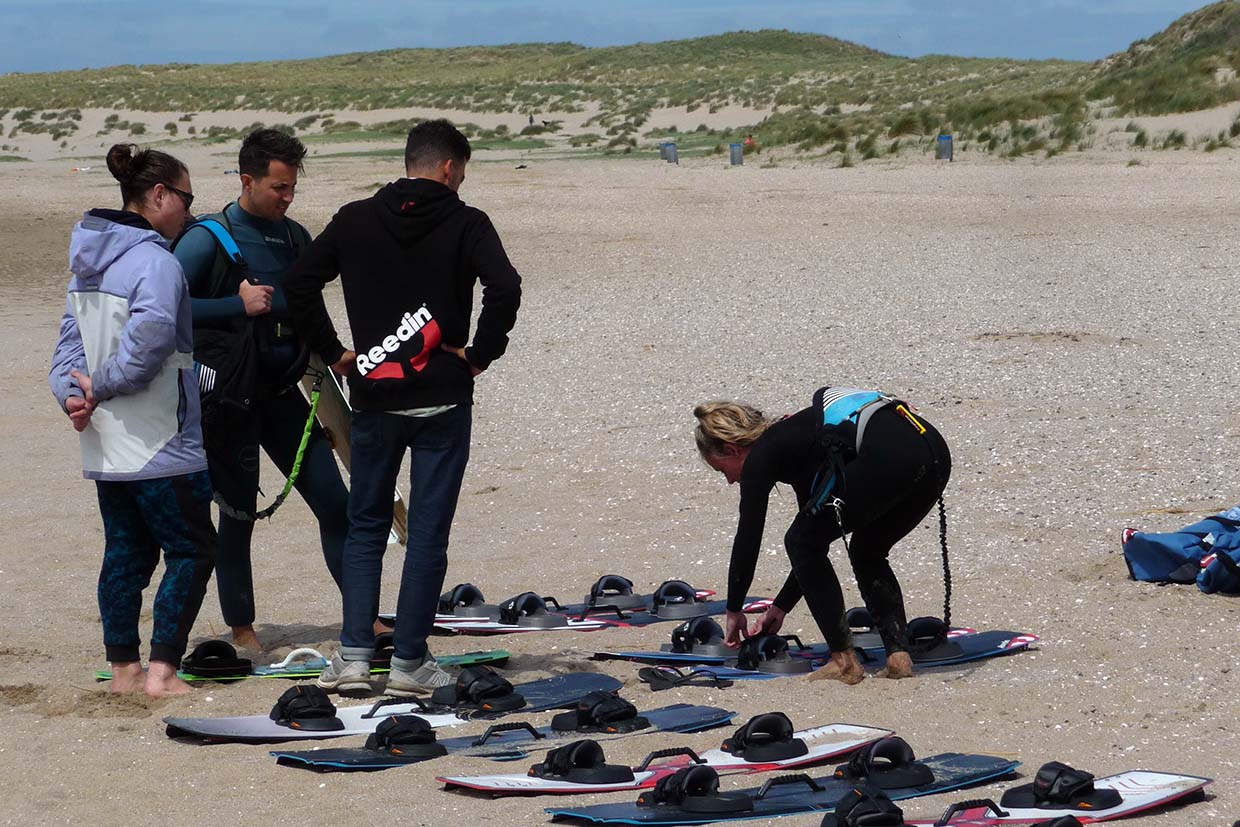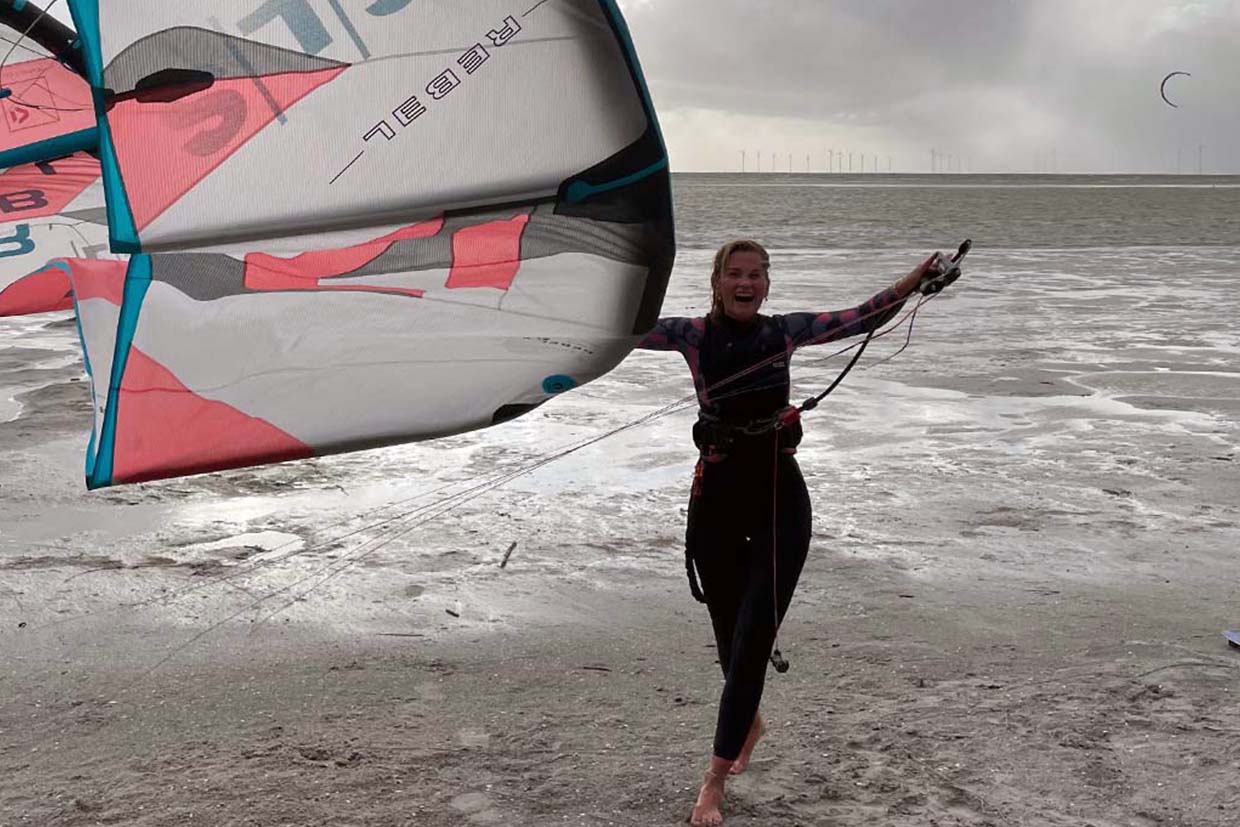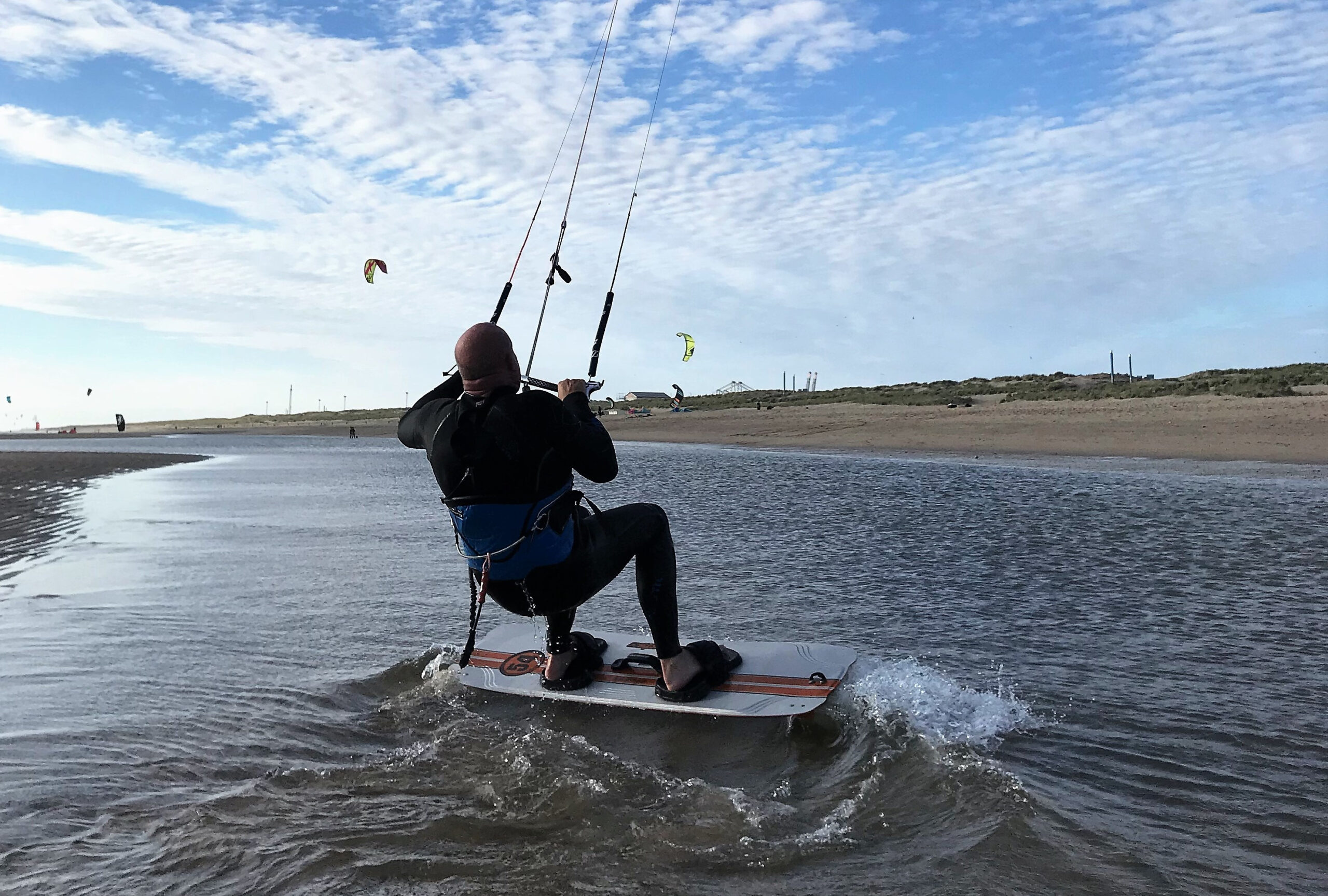Although this question is often asked by beginners, this kitesurfing blog also offers good reference information for every kitesurfer. Net as with kites there are many different kiteboards. Each with its own details that suit the kitesurfer's sailing style. After your kitesurfing lesson you will probably soon purchase your own kitesurf set at. Precisely because you want to get back on the water as soon as possible. We will help you with a kiteboard size chart below so that you know which kiteboard length suits you. We start with some explanation, but feel free to scroll directly to the overview.
Freeride twintip as a starting point
Twintip kiteboards are by far the most used kiteboards. As you can see, a twintip is a kiteboard that you can sail both to the left and to the right. So you don't have to get out of your foot straps if you want to change direction. You don't have to turn a twintip kiteboard if you want to change direction. A twintip therefore offers a lot of convenience compared to surf/wave style kitesurf boards and also a lot of freedom. That is why we take this type of kiteboard as a starting point. After all, 99% will start on a freeride twintip kiteboard. More information about twintip kiteboards can be found on our kiteboard page.
A freeride twin tip kiteboard is everyone's friend. For fun sessions to participate in whatever you feel like at that moment.
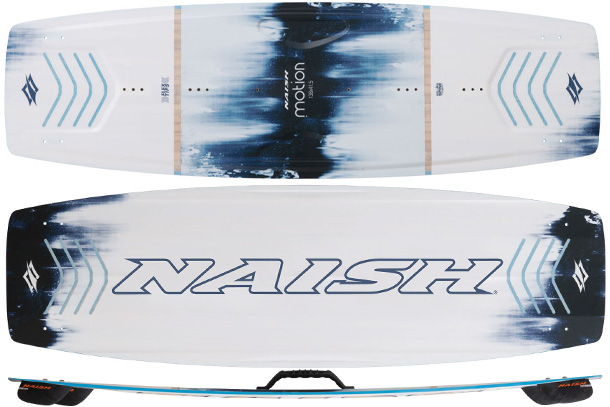
Rules of thumb what length kiteboard
- Your weight is a determining factor: the heavier you are, the bigger your kiteboard.
- A longer kiteboard helps you get started faster than a shorter kiteboard.
- When kitesurfing with a shorter and flatter kiteboard, the nose dives under water faster. This is especially the case with taller kite surfers with a kiteboard that is too short.
- The flatter and wider your kiteboard, the faster you get going and the faster your height is.
- With a flatter and wider kiteboard you walk faster.
- The wind is often stronger and more stable on the coast than on inland waters. That is why a slightly larger kiteboard is nicer on inland water. This prevents you from falling silent when the wind drops for a while.
- With larger fins, for example 5 cm. high, you have more grip on the water. This makes a kiteboard less playful, but can make all the difference to kitesurfing with little wind.
Tipping point rules of thumb for which length of kiteboard
The mentioned rules of thumb also have a tipping point where they lose their benefits. For example when the wind is blowing harder. Then you can give less back pressure and slow down with a large and wide kiteboard. Now is the time to launch a smaller kite or grab a smaller kiteboard.
Size chart which length kiteboard
| Weight kite surfer (kg) | Length kiteboard (cm) | Width kiteboard (cm) |
|---|---|---|
| 100 + kilo | 144 + cm | 46 cm |
| 85-100 kilos | 139 cm | 41,5 cm |
| 70-85 kilos | 136 cm | 41 cm |
| 55-70 kilos | 133 cm | 40,5 cm |
| 40-55 kilos | 130 cm | 39 cm |
Kiteboard ladies and children
Kite surfers with a smaller foot as well as ladies and children with a small foot size prefer a less wide kiteboard. This way they can also place the foot straps in such a way that the heel side is more against the edge of the kiteboard. This helps them to be able to put good pressure on the edges, but also to be able to make turns and kite surfing toeside. A ladies kiteboard and / or kiteboard for children is often more flexible than a normal kiteboard. With less weight and a smaller foot size, a flexible kiteboard is easier to control.
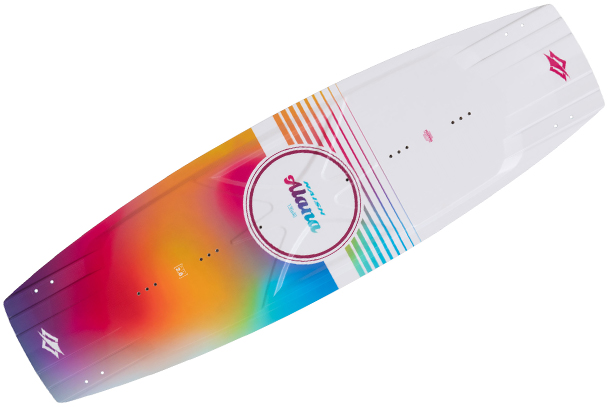
Foot strap adjustment is crucial
Incidentally, the correct adjustment of foot straps can make a world of difference when using the kiteboard. An improperly placed foot strap can even cause serious injuries. The adjustment of a kiteboard binding is also not universal. There are of course principles, but your own anatomy also plays an important role. In this article 'Foot straps kiteboard'we explain everything about it so that you can adjust your foot straps perfectly.
This width and length table is based on a beginner to intermediate level kite surfer with a standard freeride twintip kiteboard. Pay attention. This is a general and indicative overview.
You can find more about kiteboards, the different sailing styles and advice on which length of kiteboard suits them kiteboard page.


